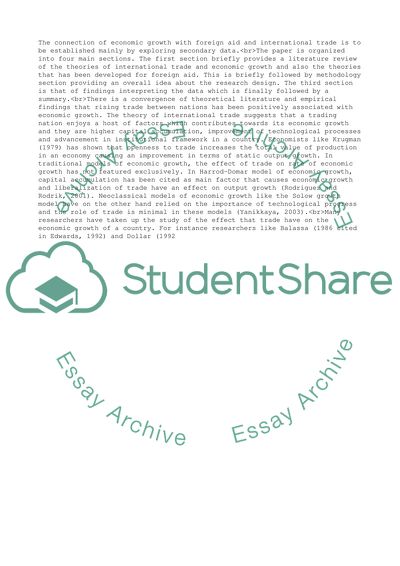Cite this document
(Economics of International Development and Finance Essay, n.d.)
Economics of International Development and Finance Essay. https://studentshare.org/finance-accounting/1846126-economics-of-international-development-and-finance
Economics of International Development and Finance Essay. https://studentshare.org/finance-accounting/1846126-economics-of-international-development-and-finance
(Economics of International Development and Finance Essay)
Economics of International Development and Finance Essay. https://studentshare.org/finance-accounting/1846126-economics-of-international-development-and-finance.
Economics of International Development and Finance Essay. https://studentshare.org/finance-accounting/1846126-economics-of-international-development-and-finance.
“Economics of International Development and Finance Essay”. https://studentshare.org/finance-accounting/1846126-economics-of-international-development-and-finance.


